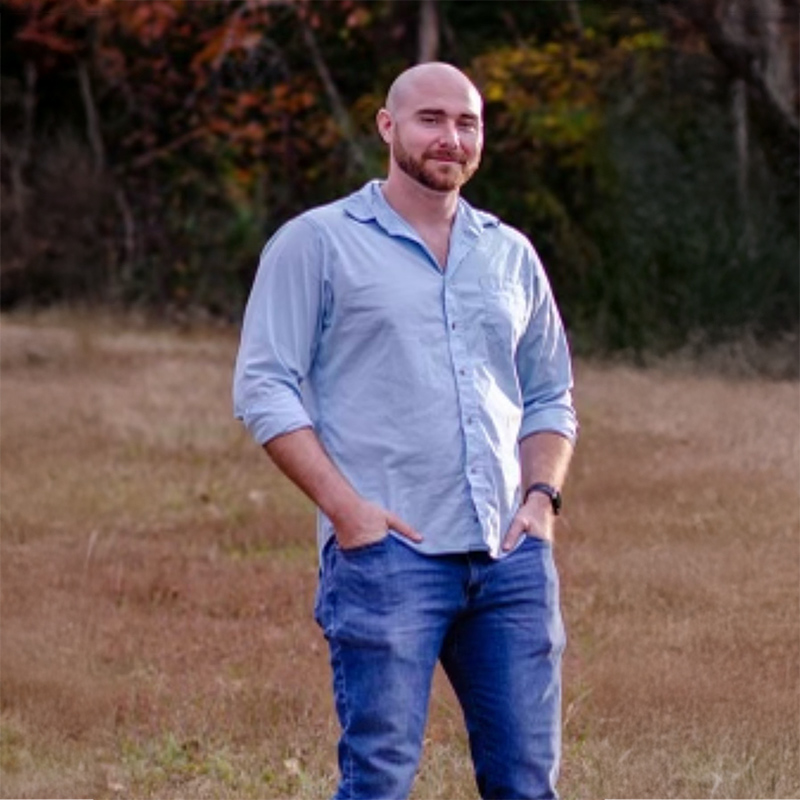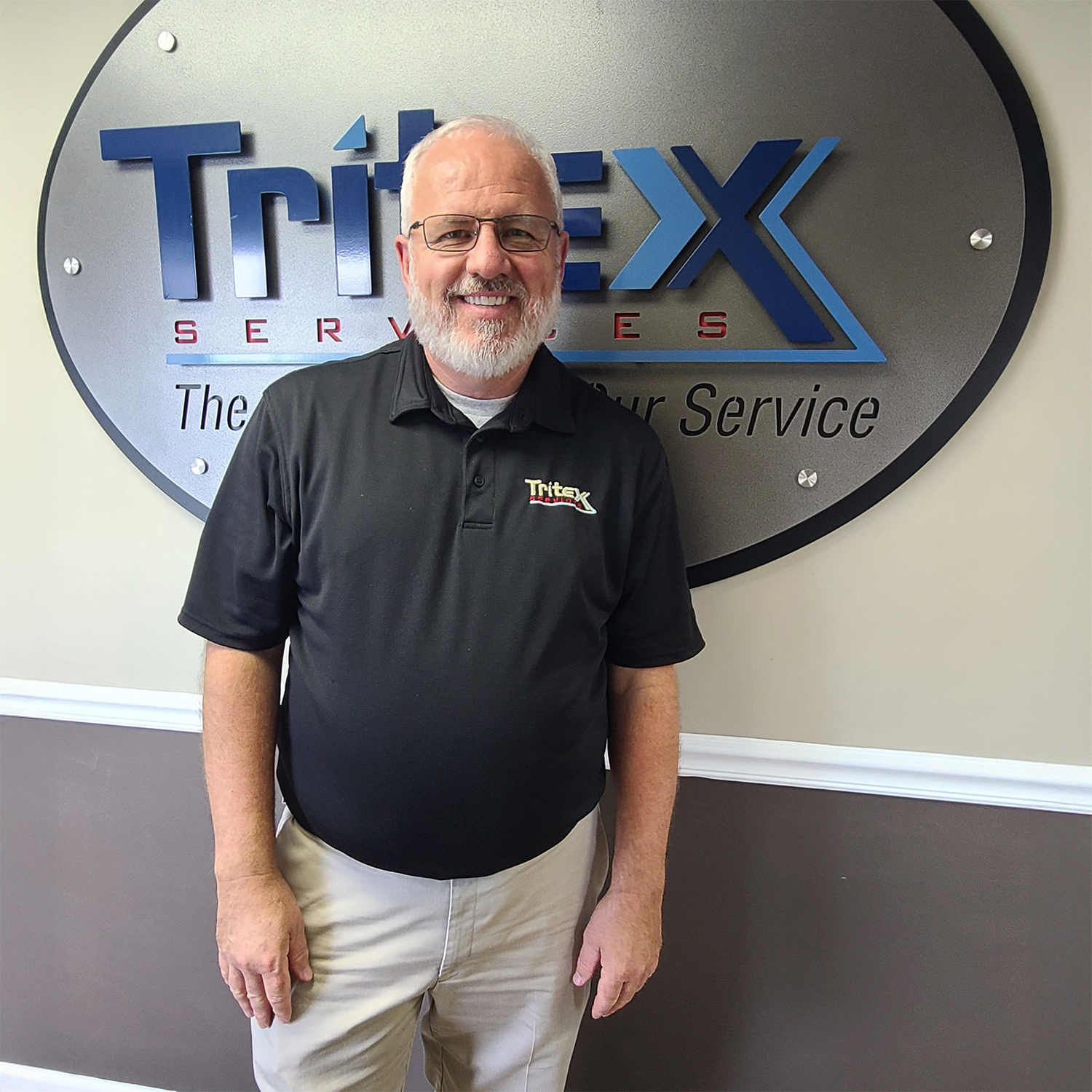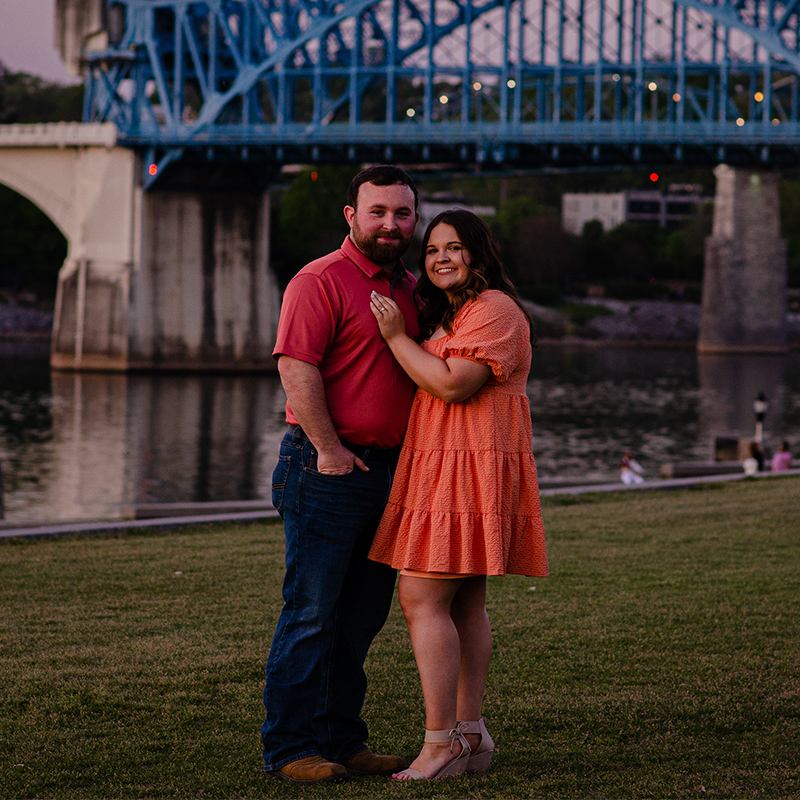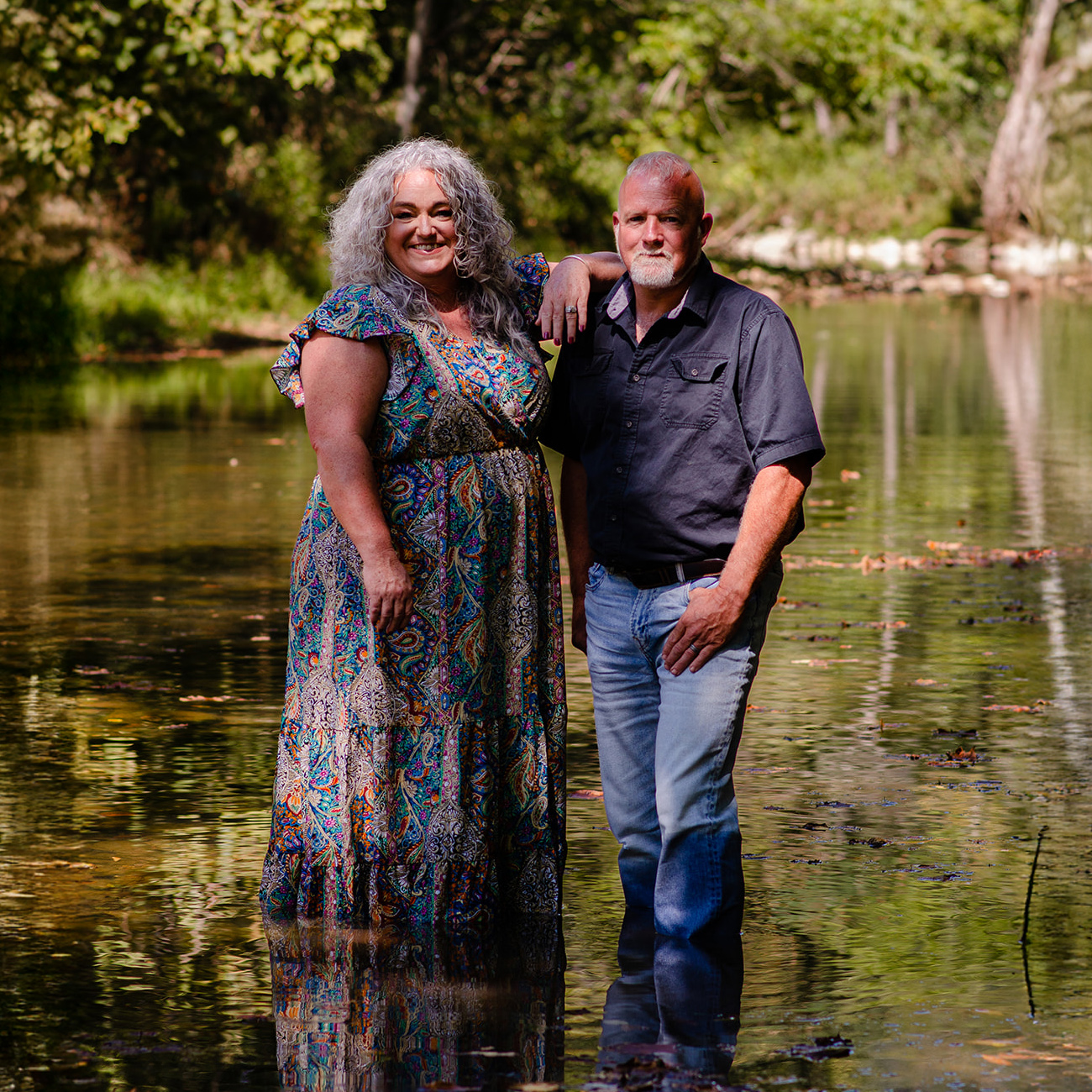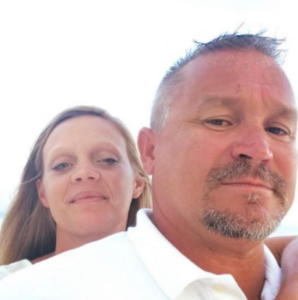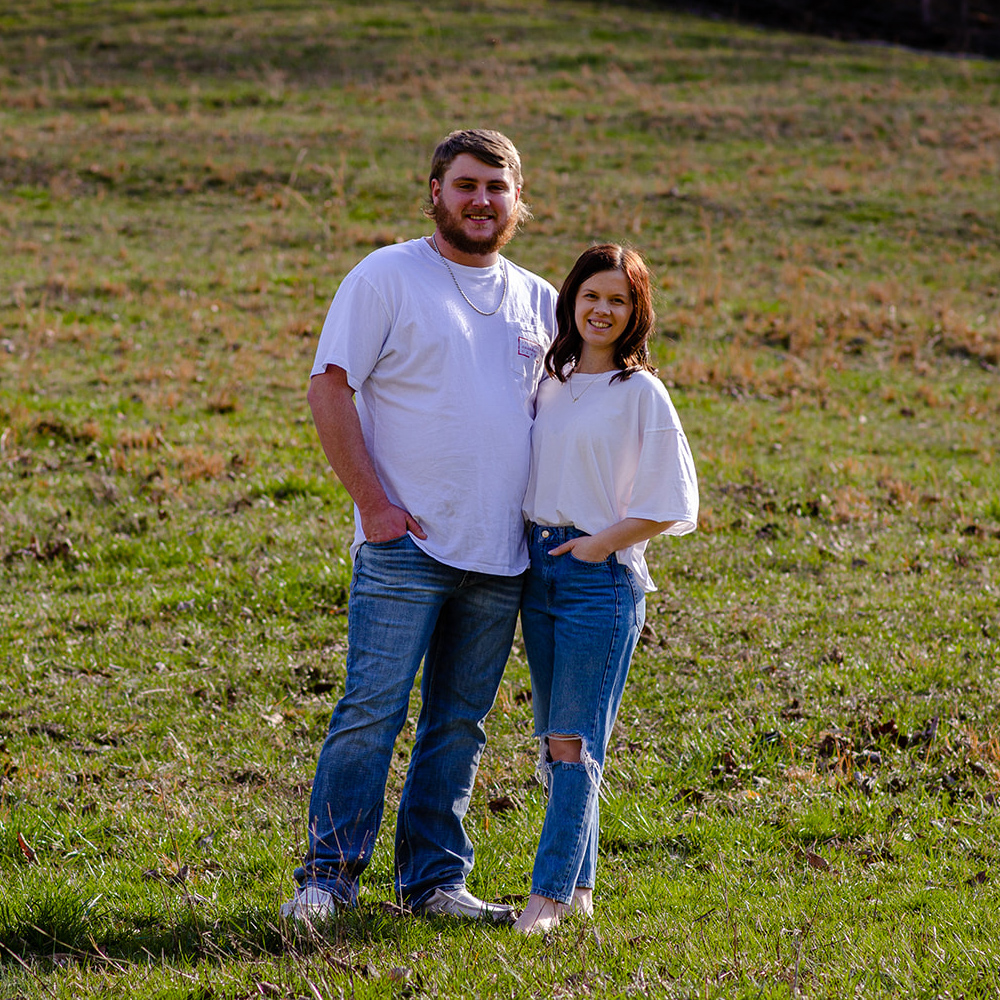COMPANY NEWS
How to Protect Business Floors and Employees
- October 20, 2020
- 0 Comments
- Company Blog
- Tritex Services
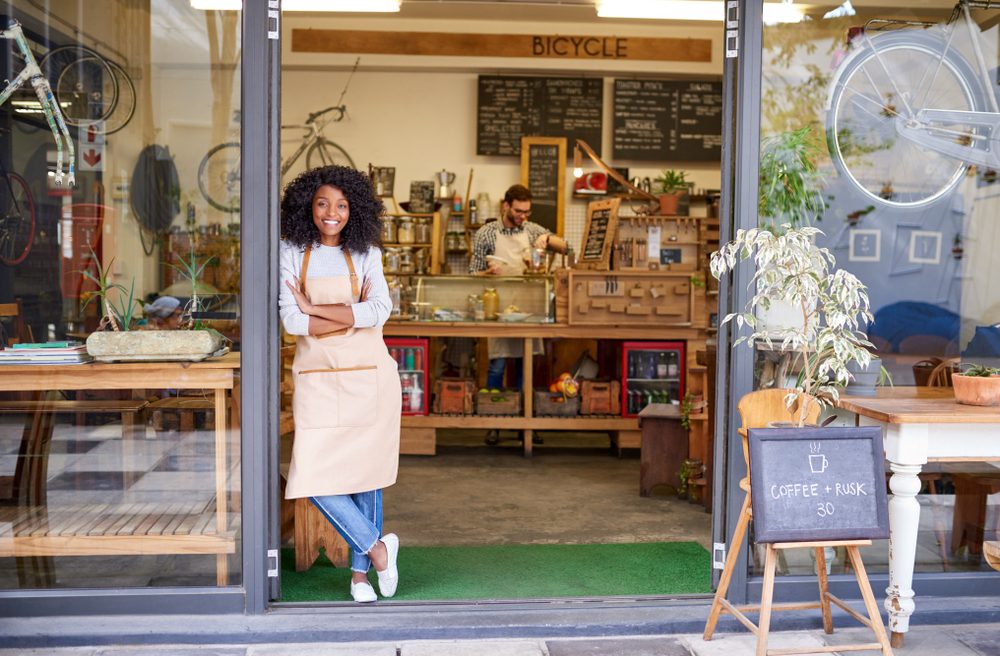
Every business should have a plant to protect business floors and employees this winter. With winter comes an increased risk of slip and fall accidents, an already too-common occurrence in businesses.
In 2016, nearly 50,000 workers were injured due to a falling accident, nearly 700 died from falling from a height, and more than a hundred sustained fatal injuries from same-level falls. Two, slip and fall accidents are costly. 2015 data shows that workers’ compensation claims on slip, trip, and fall accidents accounted for $11 billion.
But slip and fall accidents are also 100% preventable. And a lot of the preventive measures have to do with little adjustments to your business’s floors.
Here are some essential ways you can protect business floors and employees from the threat of slip, trip, and fall accidents:
1. Protect Business Floors and Employees with Consistent Cleanliness
The slightest, thinnest layer of sand, dirt, mud, oil, or water can be dangerous if left on floors. We all have seen enough slapstick comedy to know what happens when one slips on a single banana peel, except it is not funny when it happens in real life.
To keep your business floors safe, make sure that nothing lays about where they do not belong. Clean up after a mess. Wipe off spills promptly and cordon off the area with caution signs so people don’t walk on them until they are safe and dry again. Keep loose wires away from pathways and as close to the walls as possible. If it is unavoidable, make sure to tape them securely onto the floor where they are visible and have minimal obtrusions on the flooring.
2. Design a safe, flowing floor layout.
Slip, trip, and falls can also come from a poorly laid out floor plan. Size is hardly ever the issue. A good layout is one that makes the most of every inch of space and secures an ample amount of space for people to walk through without issues of bumping into things or each other. This is especially important in a fast-moving facility like manufacturing stations and restaurant kitchens. Fast-moving bodies in a tight space are a perfect recipe for slip and fall disaster.
3. Identifying High-risk Areas will Protect Business Floors and Employees
Different types of floors under different circumstances face unique challenges. It is important to identify these unique challenges in different areas of your facility as far as floor safety is concerned. Is a particular area rather dim? Make sure the lights are constantly on in the said area. Is another side prone to water exposure? Buy good floor mats. Are the floors even? Hire a professional to make an assessment and the necessary changes.
4. Utilize Well-kept Mats
There is no question about the importance and helpfulness of floor mats in keeping your floors clean, safe, and protected. They help prevent dust and mud from getting dragged indoors. They help keep the floors in wet areas dry. Additionally, they add traction where it is needed.
But floor mats can also turn into hazardous objects when neglected. Old, poorly maintained floor mats curl at the edges, becoming tripping hazards. Overworn mats lose traction and become slip and fall risks. And floor mats that do not get cleaned thoroughly and regularly can accumulate dirt and affect their traction capacities.
Slip and fall hazards are long-term issues that require not only long-term solutions but solutions that are consistent and adaptive.
Tritex Services is Here to Help!
Contact Tritex today! Our floor mat and mop rental service can help improve your floor care and safety efforts. Call us at (888) 761-3238 to get started.



